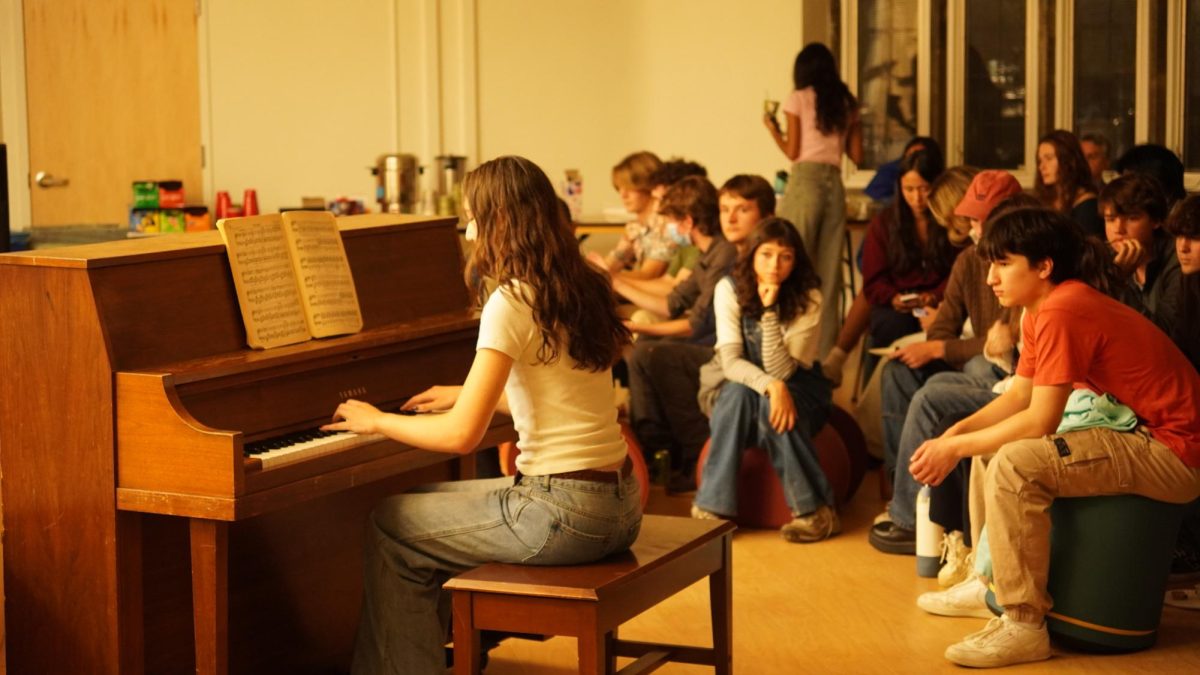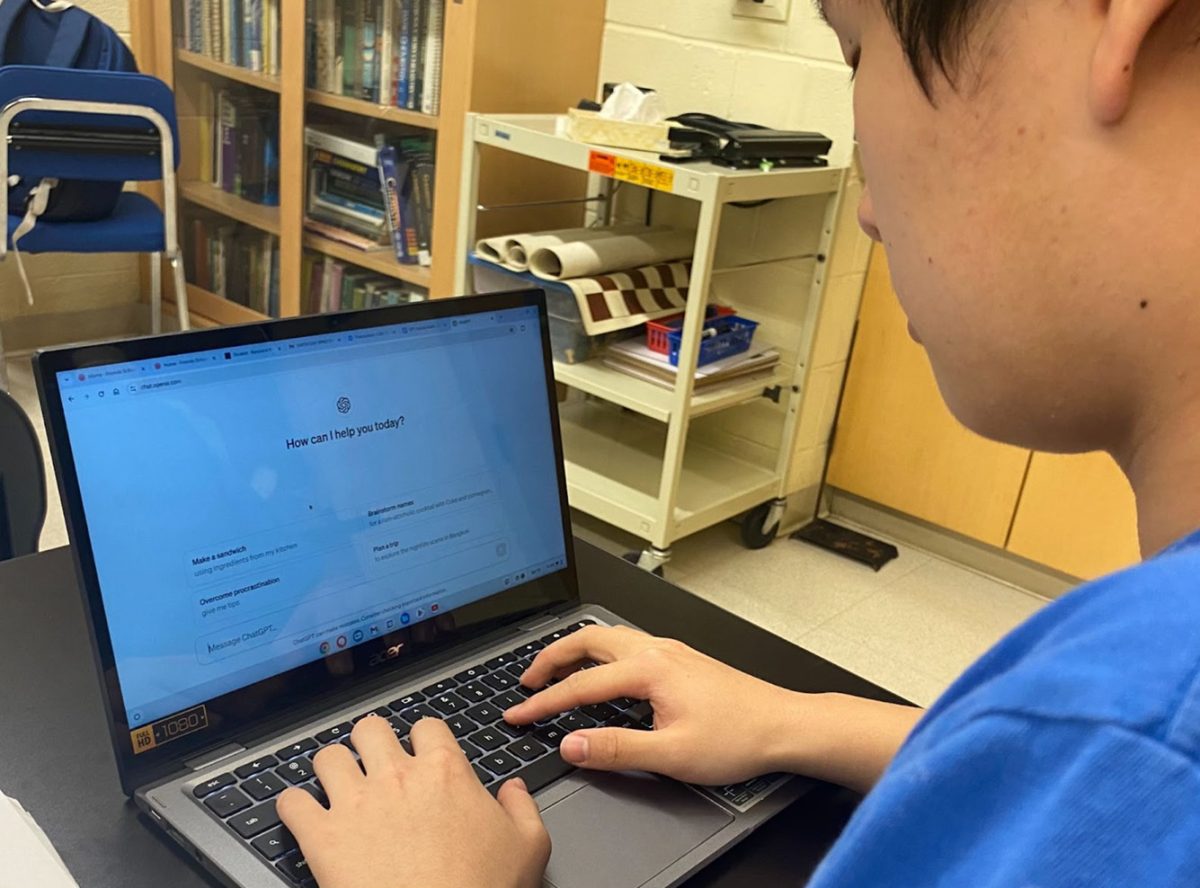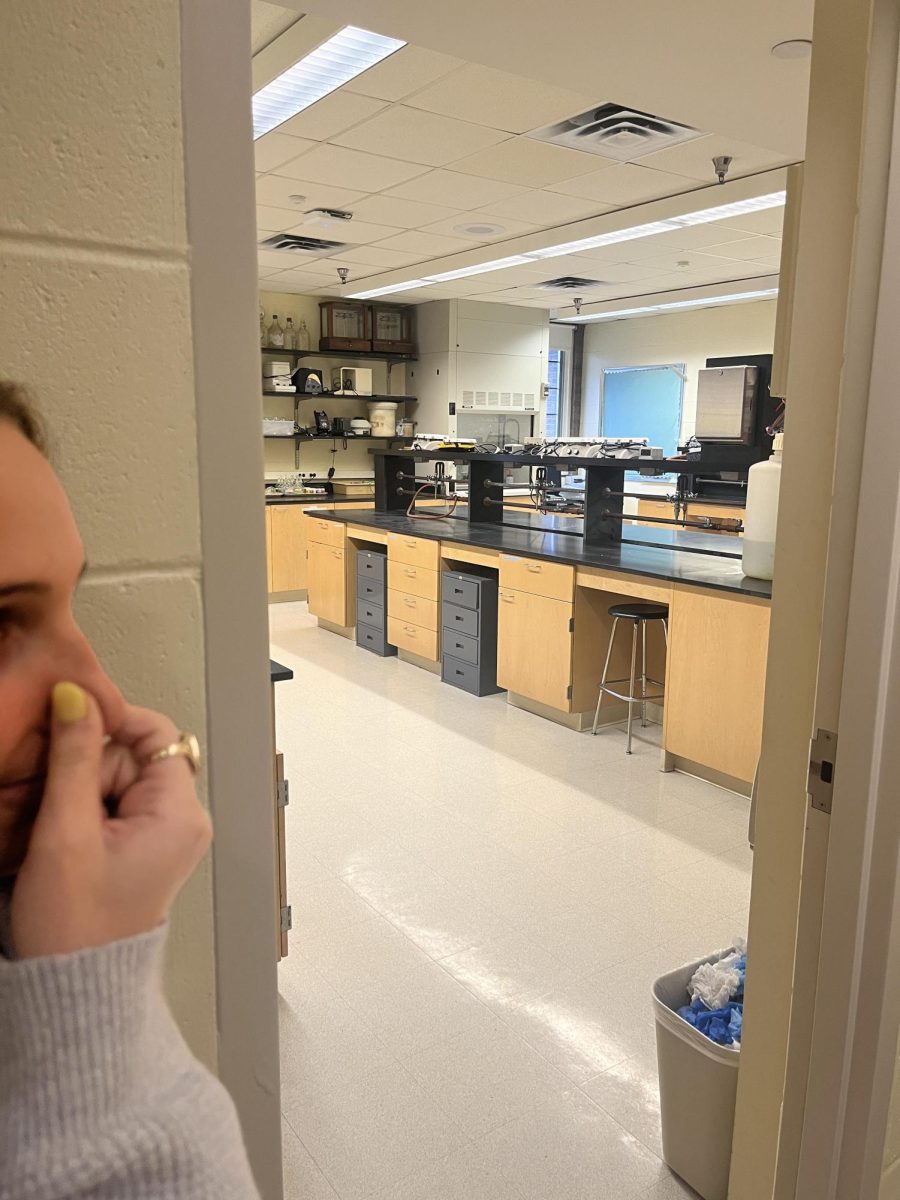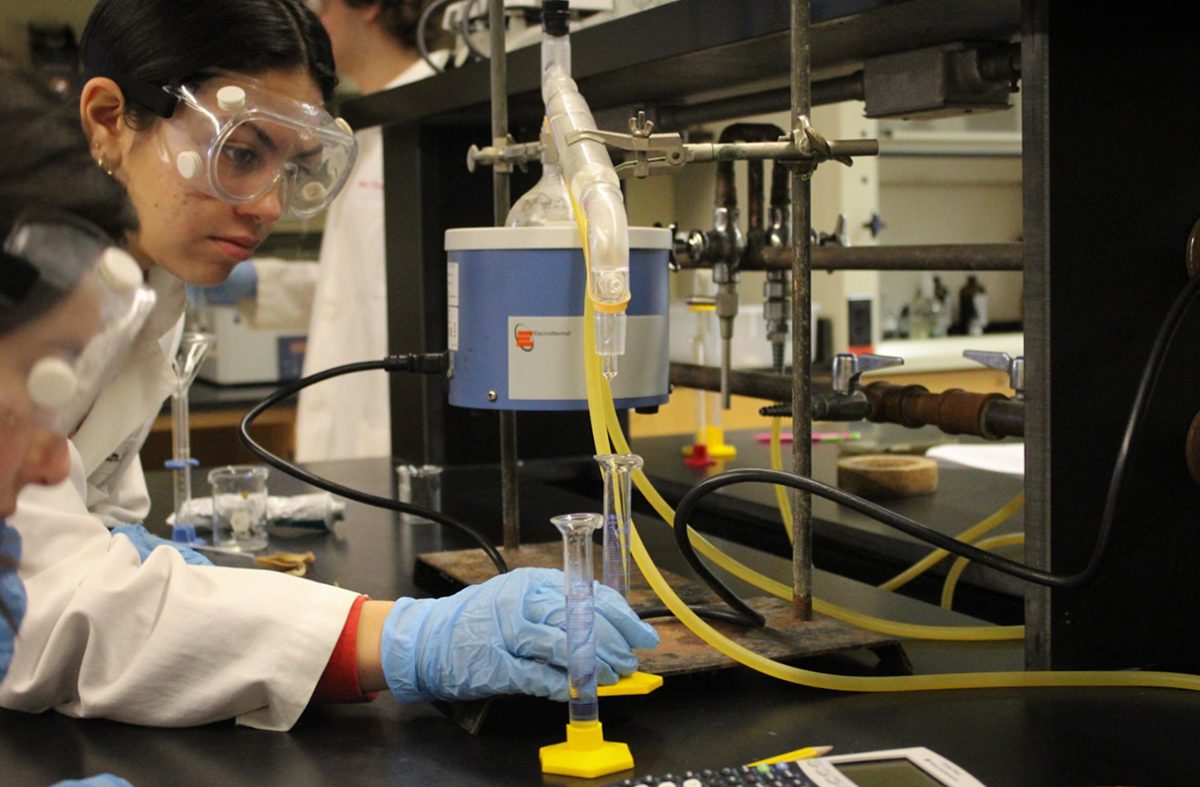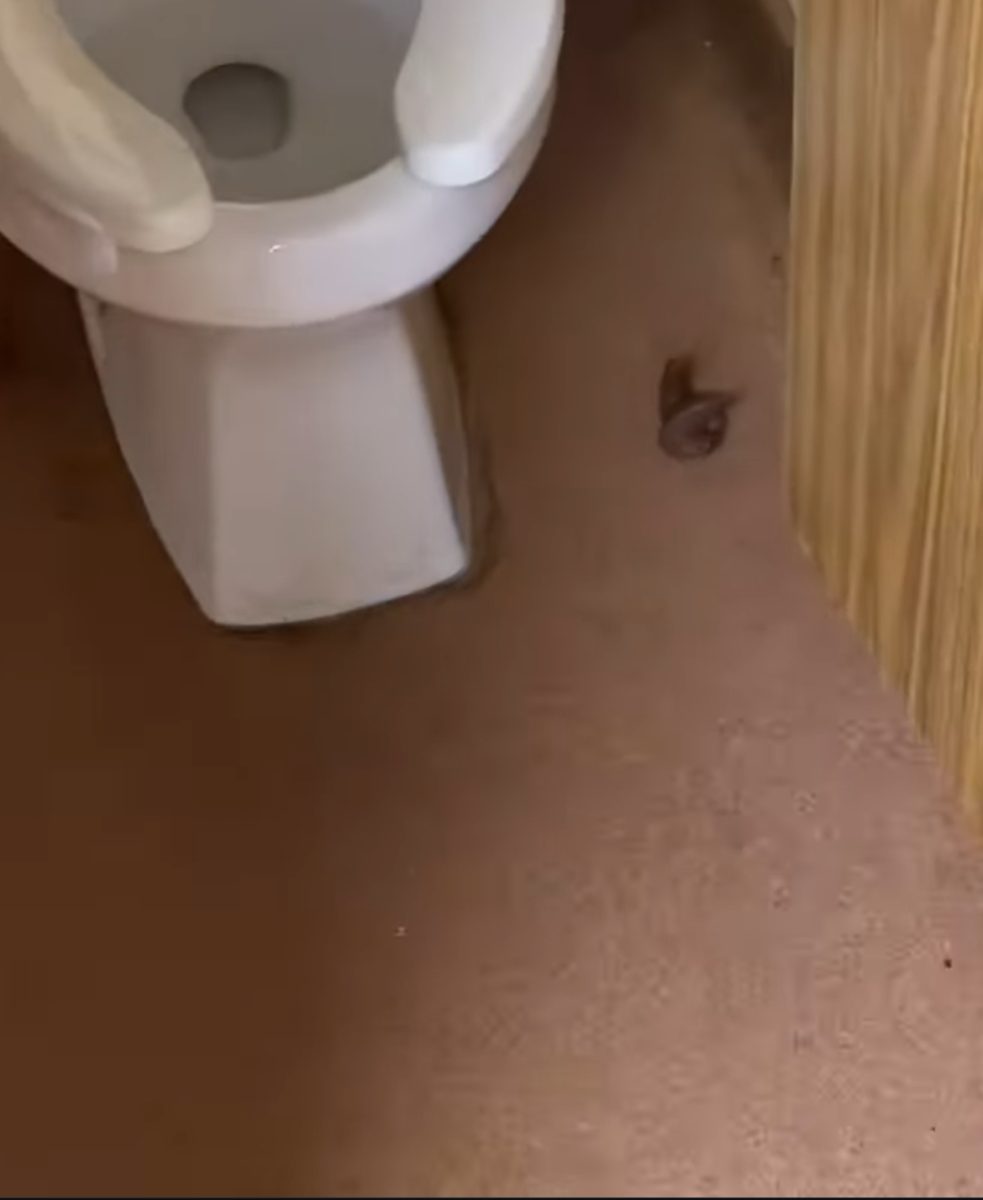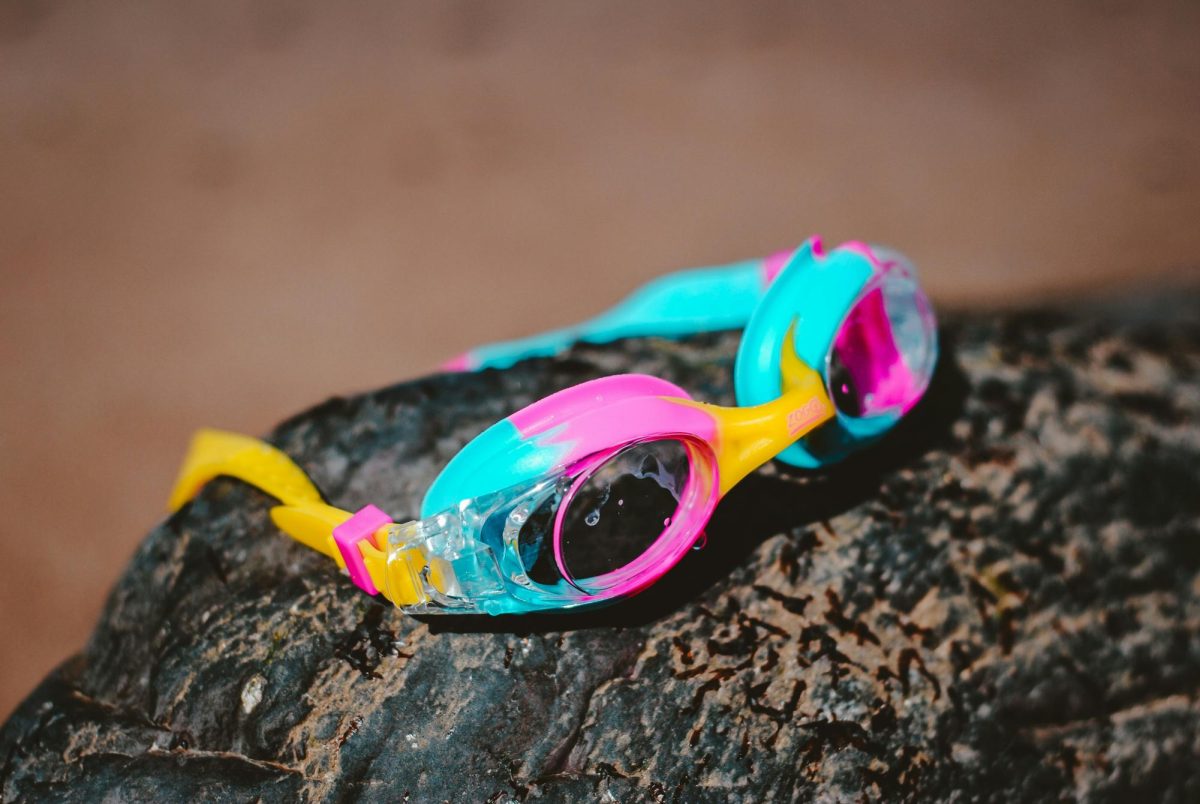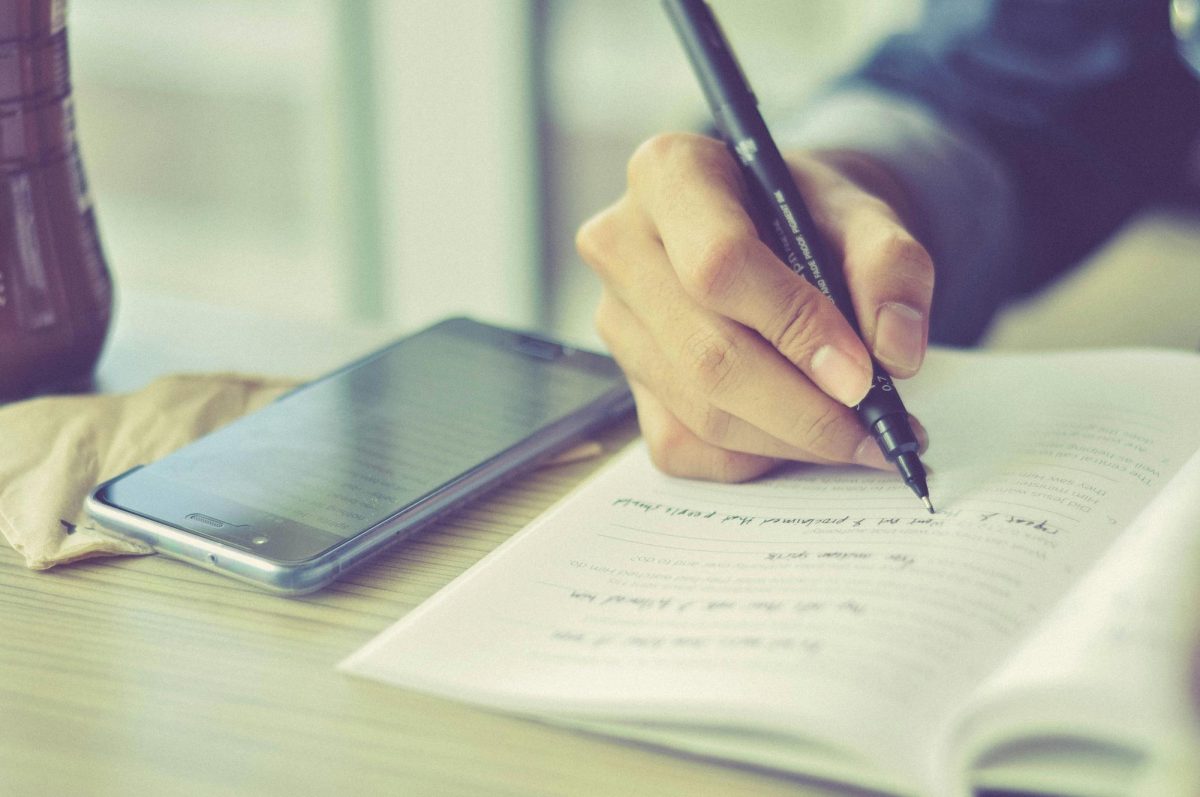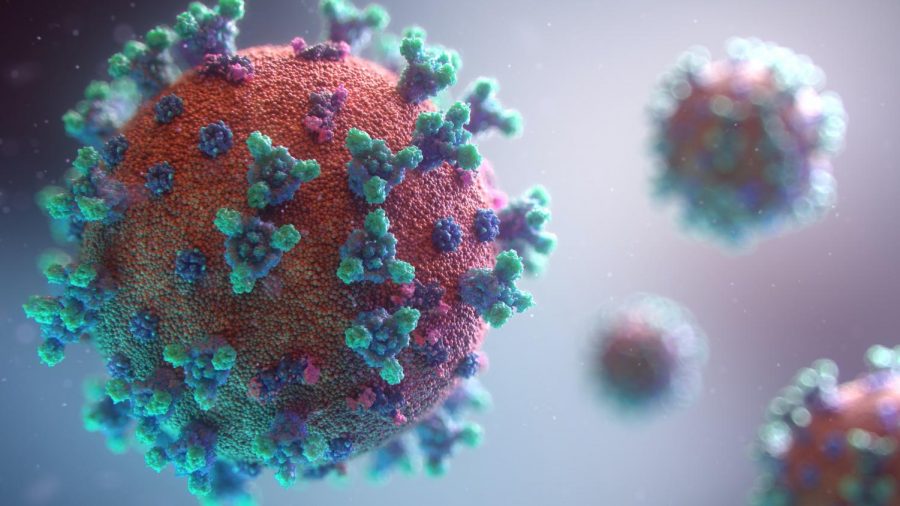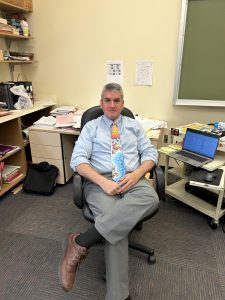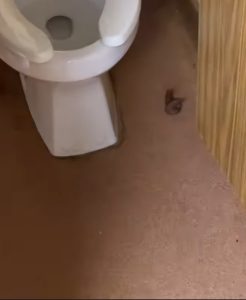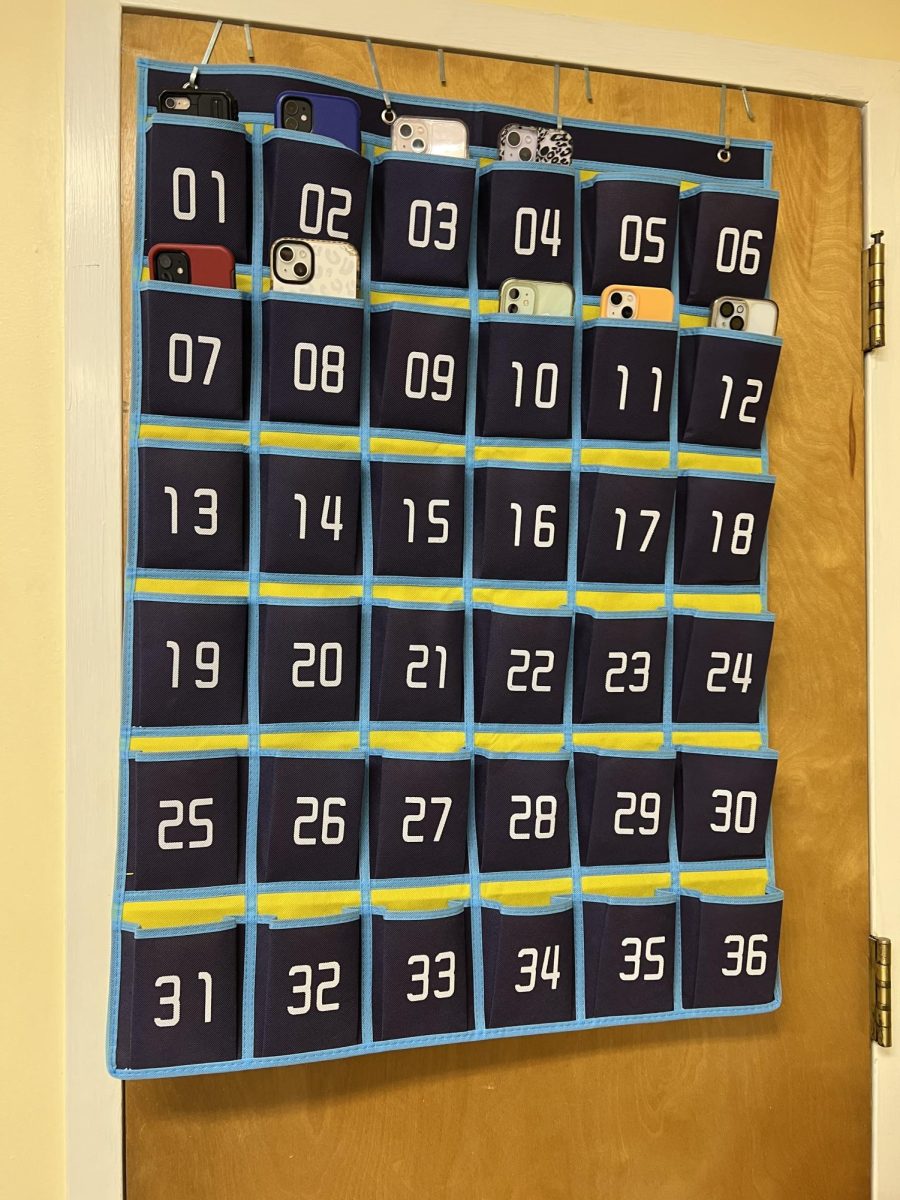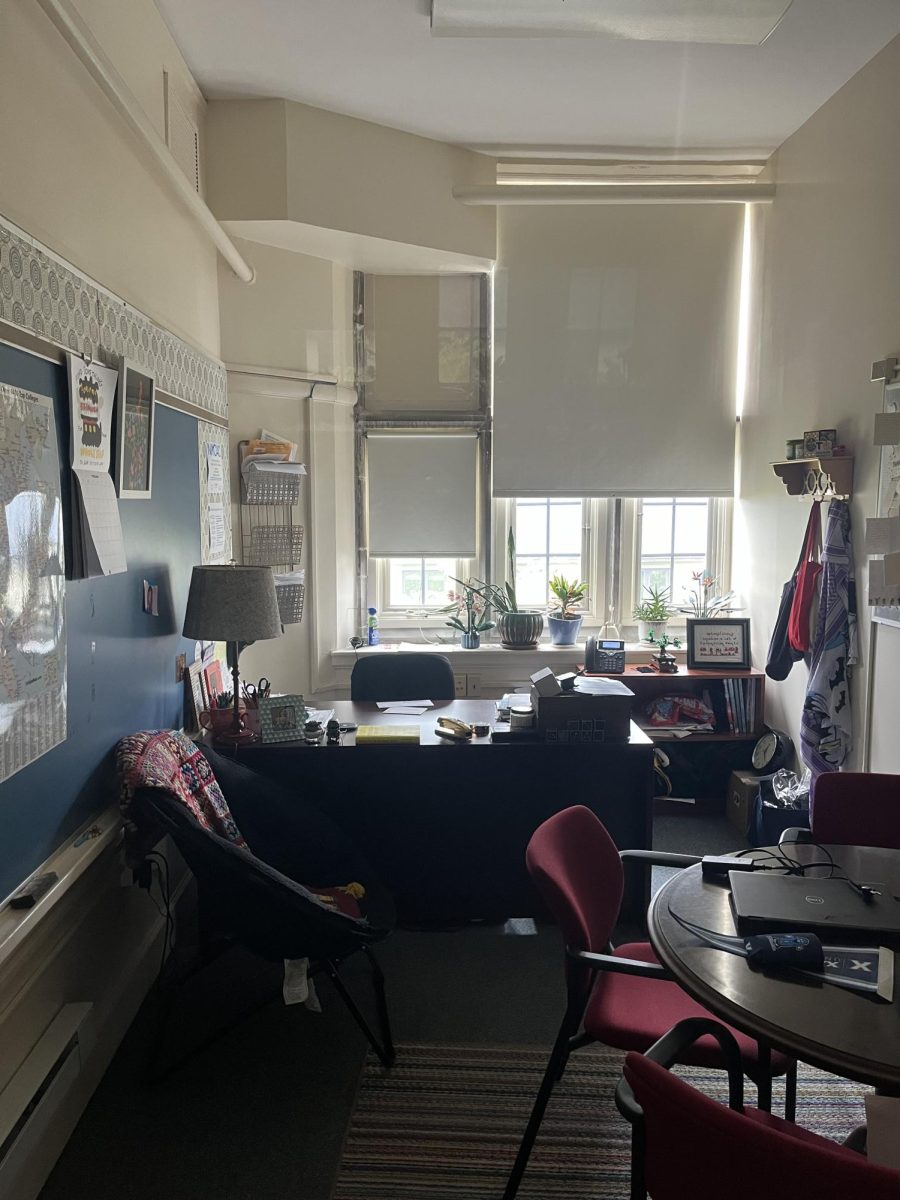Sharing Facts in a Time of Fear
With so many rumors flying around about COVID, here’s what doctors know so far about the disease, and public health measures that can slow its spread.
Photo by Fusion Medical Animation on Unsplash
The novel coronavirus.
April 6, 2020
COVID-19 = the DISEASE
Coronavirus = the virus itself
Currently the world is in the middle of a pandemic due to the spread of the coronavirus. A pandemic is “an outbreak of a disease that occurs over a wide geographic area and affects an exceptionally high proportion of the population” (Merriam Webster).
Many people have questions about the virus and its implications, and it can be hard to find reliable and comprehensible information. COVID-19 (Corona Virus Disease starting in 2019) is a respiratory illness, caused by the coronavirus, that presents with symptoms such as fatigue, body aches, coughing, and difficulty breathing. This virus can be very dangerous, and can be deadly to all age groups.
There are many misconceptions regarding COVID-19. One of the most common is the notion that “it is just like the flu.” While the symptoms of COVID-19 are similar to those of influenza (the flu), the two diseases are quite different.
One of the most important differences between the flu and COVID-19 is how contagious they are. The coronavirus is significantly more contagious than the flu, which helps to explain why it has spread so rapidly around the world.
Social distancing: Why?
In addition to understanding how the disease presents itself, it is also important to understand why the population is asked to practice social distancing. When individuals limit their interactions with others, they are substantially decreasing the chances that other people will contract the disease. Coronavirus is highly transmissible, and research has shown that it can be spread through direct contact, by droplets, and possibly by other bodily fluids.
The spread of coronavirus can be exponential if people do not practice social distancing. Without any measures, each person who has the virus can transmit the virus to three to four other people in a short period of time. Each of those individuals can then go on to do the same. This means that starting with one person, there will be soon four, then 16, then 64, then 256 new cases and so on. For this reason, social distancing is one of the most effective ways to protect yourself and others, as well as decrease the spread of the coronavirus.
One recent study published in The New England Journal of Medicine, a prominent medical journal, has shown that the coronavirus can last on inanimate objects for significant amounts of time. The study found that the coronavirus can remain active on cardboard for up to 24 hours. The virus can also last on steel and plastic for up to 72 hours. This means there is the potential for a person to contract COVID-19 from touching a contaminated object, but this has not yet been proven.
Masks: Why?
In addition to social distancing, many individuals have started wearing masks. It is important to understand that wearing a mask does not completely protect you from getting the virus. However, it supplements social distancing by decreasing the chance that a person will transmit the virus to another person. Wearing masks helps decrease the risk of spreading the virus if someone does not know they have symptoms (these people are known as asymptomatic).
Another important measure to decrease transmission is to not touch your face. If the virus is on your skin, that is not an issue. But the moment any virus particles get into your mouth, or eyes, the virus is able to enter your system. Touching your face is much more common than people realize, with one study showing that students touch their faces around 23 times per hour. Not touching your face could make all the difference in whether or not you contract the virus.
An important measure to keep the virus off of your body is to wash your hands. It may seem simple, but “good old fashion hand washing” is very important. This does not just mean putting soap on your hands and then washing it off. The process should take around 20 seconds, and you should aim to thoroughly cover every single part of your hands with soap, even your nails, and then wash off with water. If you do not have access to soap and water, hand sanitizer is a valid option, but hand washing is ideal. Here’s a video on how to do it properly.
The coronavirus has the potential to come back next fall. It appears that the coronavirus is heat sensitive, which is why there is hope for the presence of the virus to decrease in the next few months as temperatures rise. Unfortunately, this means that it is likely the virus will reappear in the colder months. In order to decrease the effect of the virus, scientists would need to develop a vaccine or other medications that could treat COVID-19.
While this is a difficult time for everyone around the world, understanding the virus, how we can protect ourselves and others, and how we can decrease the spread is very important to help “stop the spread,” and save lives.

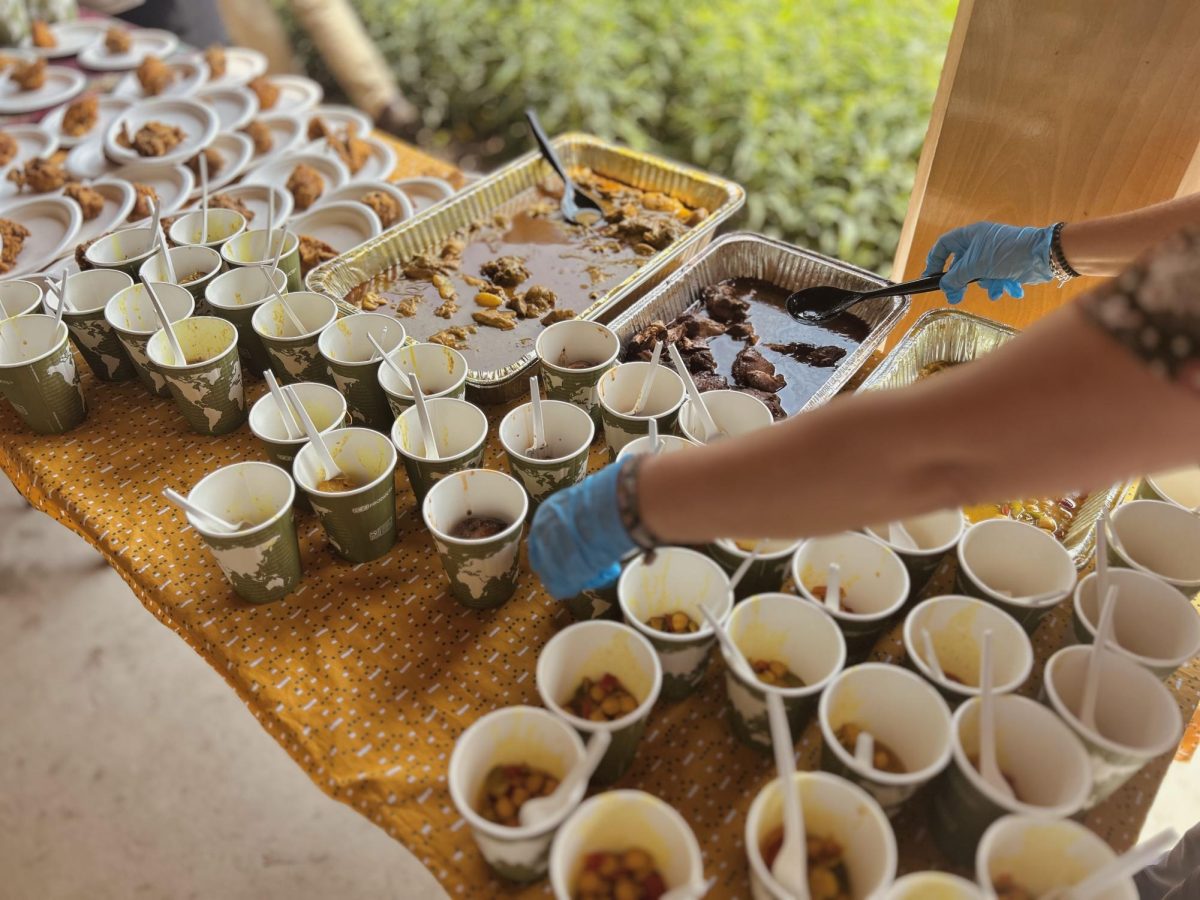

![A Phone Ban at Friends? [Podcast]](https://thequakerquill.org/wp-content/uploads/2025/05/magenta-VrRT19_ZjUY-unsplash-1200x900.jpg)
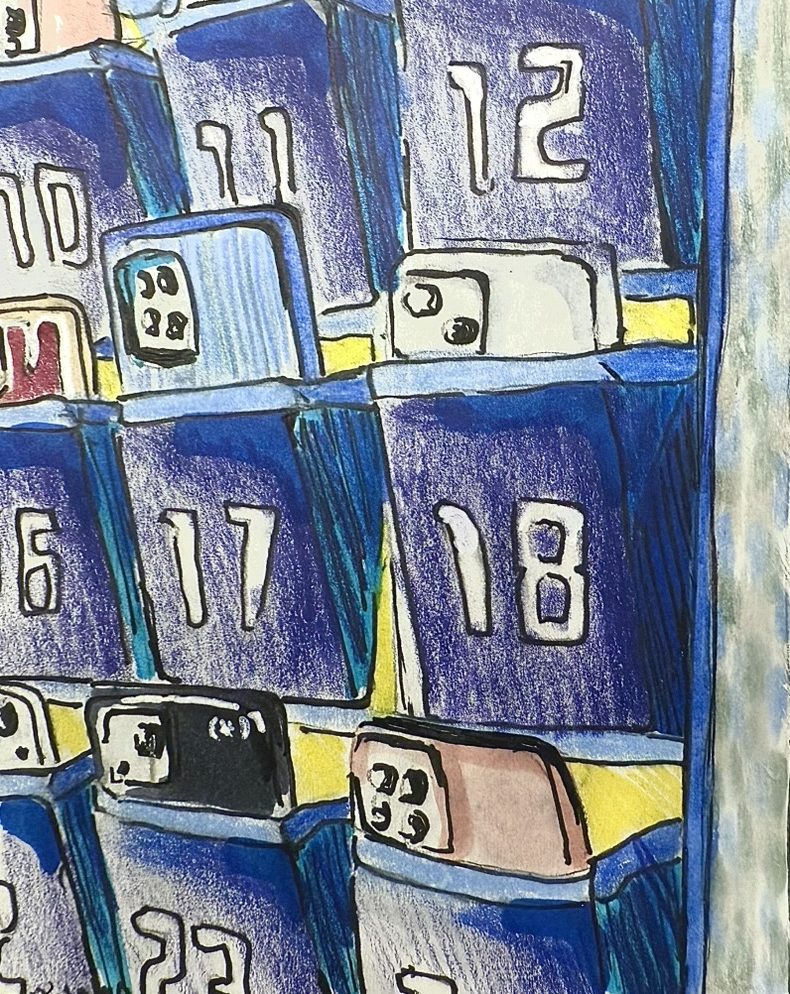




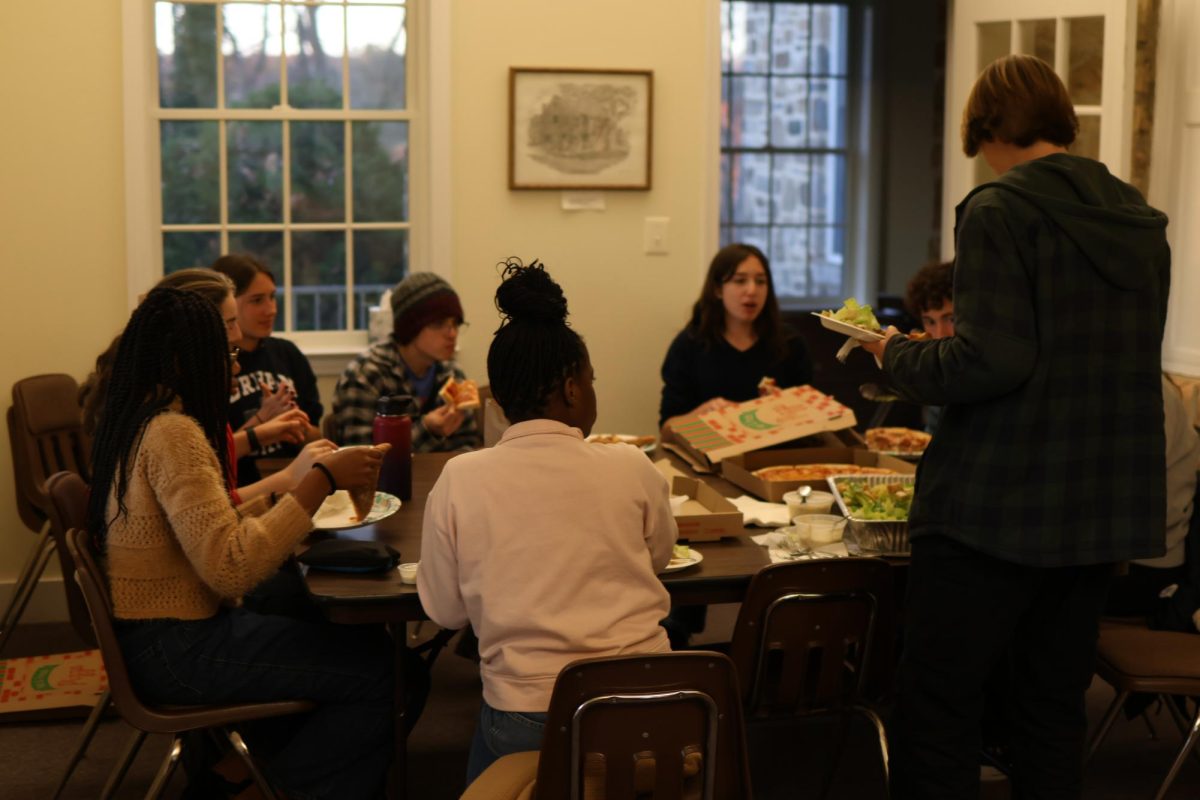

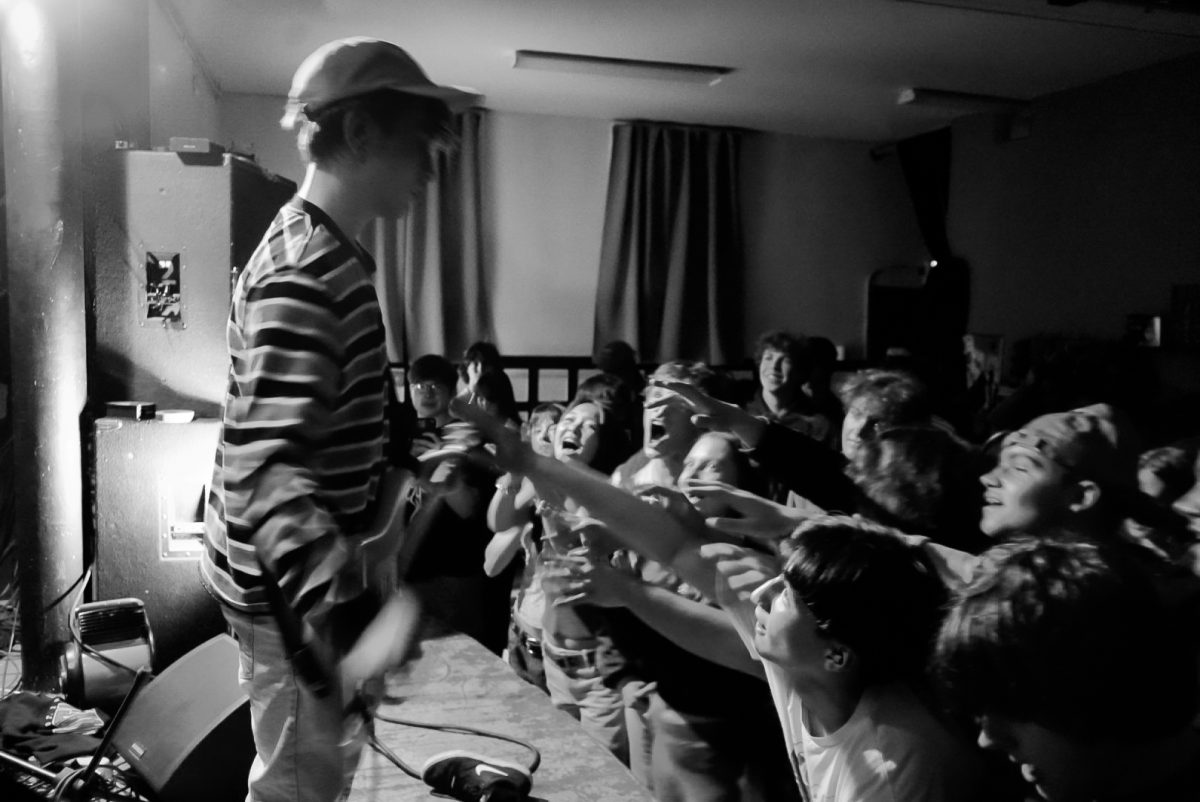
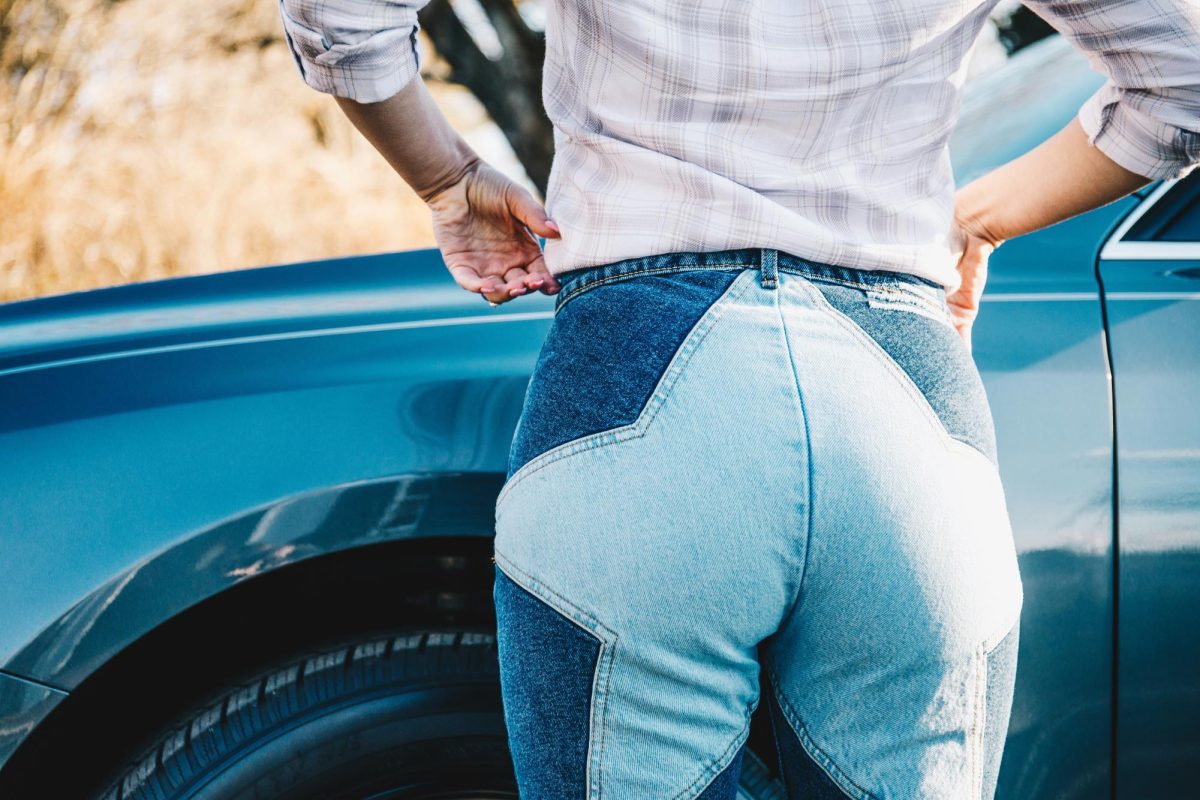
![How Freestyle Club Began [Podcast]](https://thequakerquill.org/wp-content/uploads/2025/05/charly-alvarez-Jv9untmB7G4-unsplash-1200x800.jpg)
